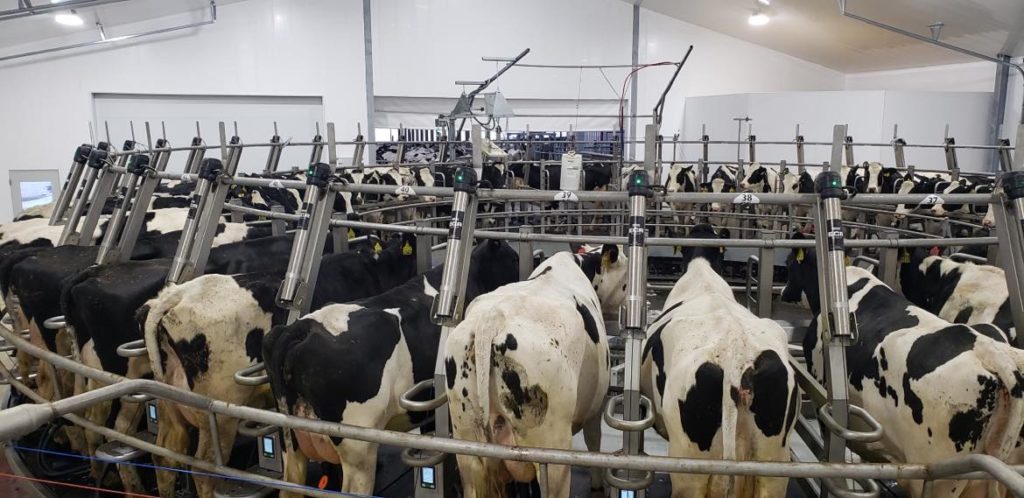The Economic Research Service says between 2000 and 2020, milk output per cow across the U.S. increased by more than 1.5 percent nationally with significant variations across states. Conventional dairies also saw larger gains than organic.
In 2002, there were more than 73,700 dairy farmers across the U.S. milking less than 100 cows. By 2017 that number dropped to about 40,500.
Herds milking more than 1,000 cows over that period increased by nearly 700 to less than 2,000 operations. The largest herds produce more than 60 percent of the total milk production in the U.S. while the smallest make up less than four percent.
Dairy cash receipts in 2019 made up the largest cash receipts of any other agricultural commodities in several states including California, Wisconsin, and Michigan.
Haz clic para acceder a err-305.pdf










